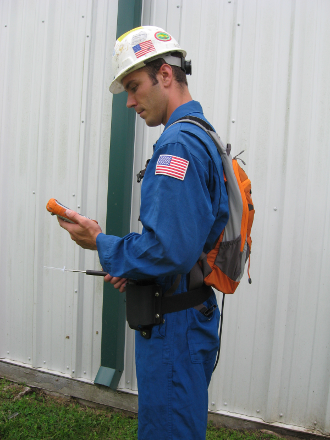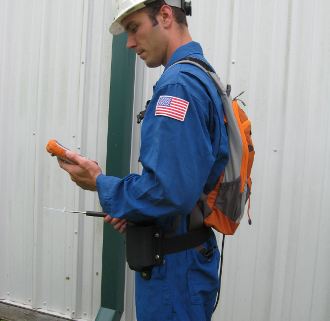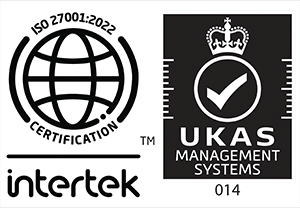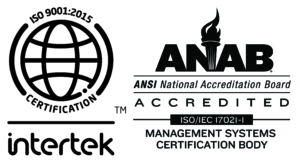Managing Components that were NOT Monitored Part II
What happens when your LDAR technician is unable to monitor a component the first time the component is assigned to him in his route?
The answer to this question can have dramatic consequences on the efficiency and effectiveness of your LDAR program.
The most obvious reason is the one that most current LDAR programs presume: he just ran out of time. The fact that the component is still showing “Unmonitored” in the LDAR Database tells us nothing about the component. We infer, very simply, that he just ran out of time. Therefore, the component is downloaded tomorrow and assigned either to the same component or to a different one.
But looks can be deceiving and that we presume need not always be the case.
Which is another way of saying, there might be a lot of other reasons why that component was not monitored. And if any of these other reasons are true, it is far better for YOU if you know what they are- before you send another tech out to monitor it.
Years of LDAR experience, leads to the awareness that a component may go unmonitored for a wide variety of reasons. For instance:

- The tech was unable to find the component.
- The component involved climbing and the tech didn’t want to climb.
- The tech determined that the component had been removed from service.
- The tech determined that the component was temporarily out of service.
- The tech was able to locate the component but was unsure about how to monitor the component due to its complexity.
- The tech was able to find the component but believed that it was a DTM component.
- The component required some special PPE to monitor that the tech did not have (e.g., goggles, life preserver, rubber boots, etc.).
- The component had been insulated over.
- The component’s emission seam (such as a connector) had been welded together.
- The tech was not able to tie off above his center of gravity.
- The component was surrounded by tall grass during snake / alligator season.
Each of these scenarios can impact how best to manage this particular component going forward. Lumping them all together into what the industry refers to as a “trash route” in your LDAR Software and sending someone else out to try to monitor them is the least effective response.
We will describe several of these situations in our next blog. For now, let’s all agree: an unmonitored component could be much, much more than just another unmonitored component.






Leave a Reply
Want to join the discussion?Feel free to contribute!